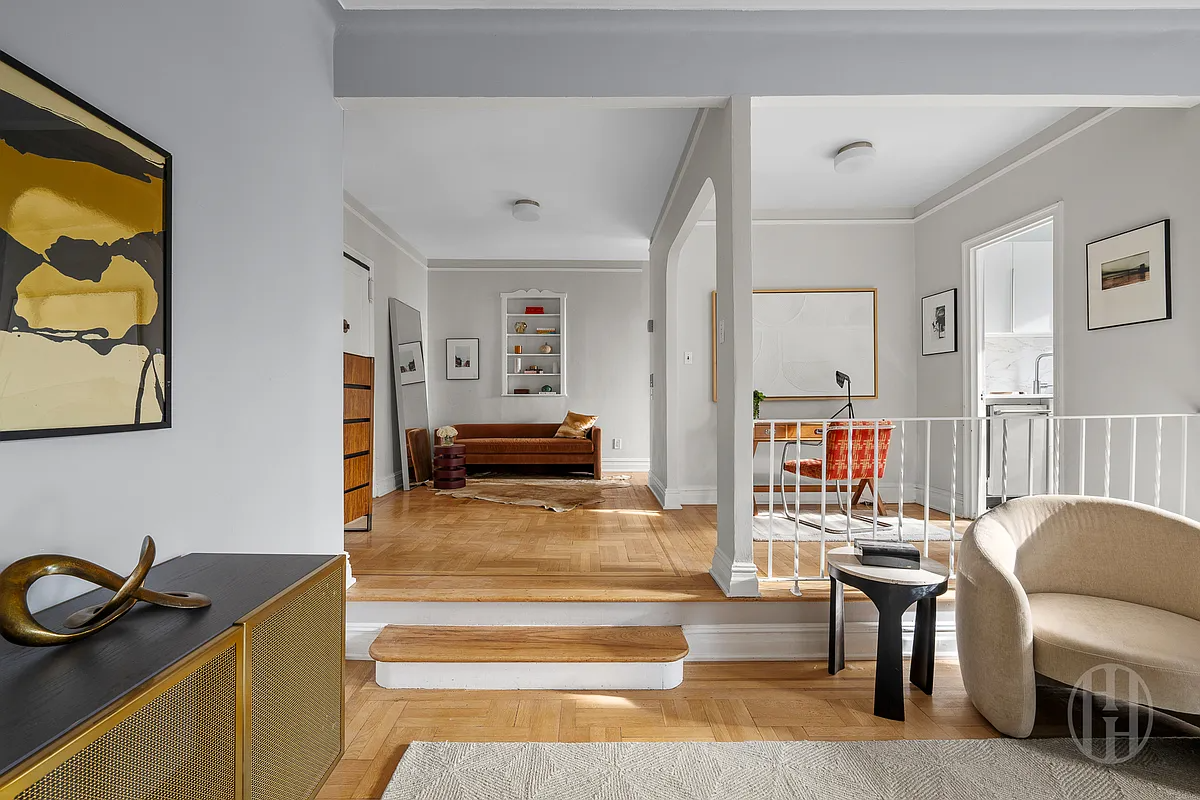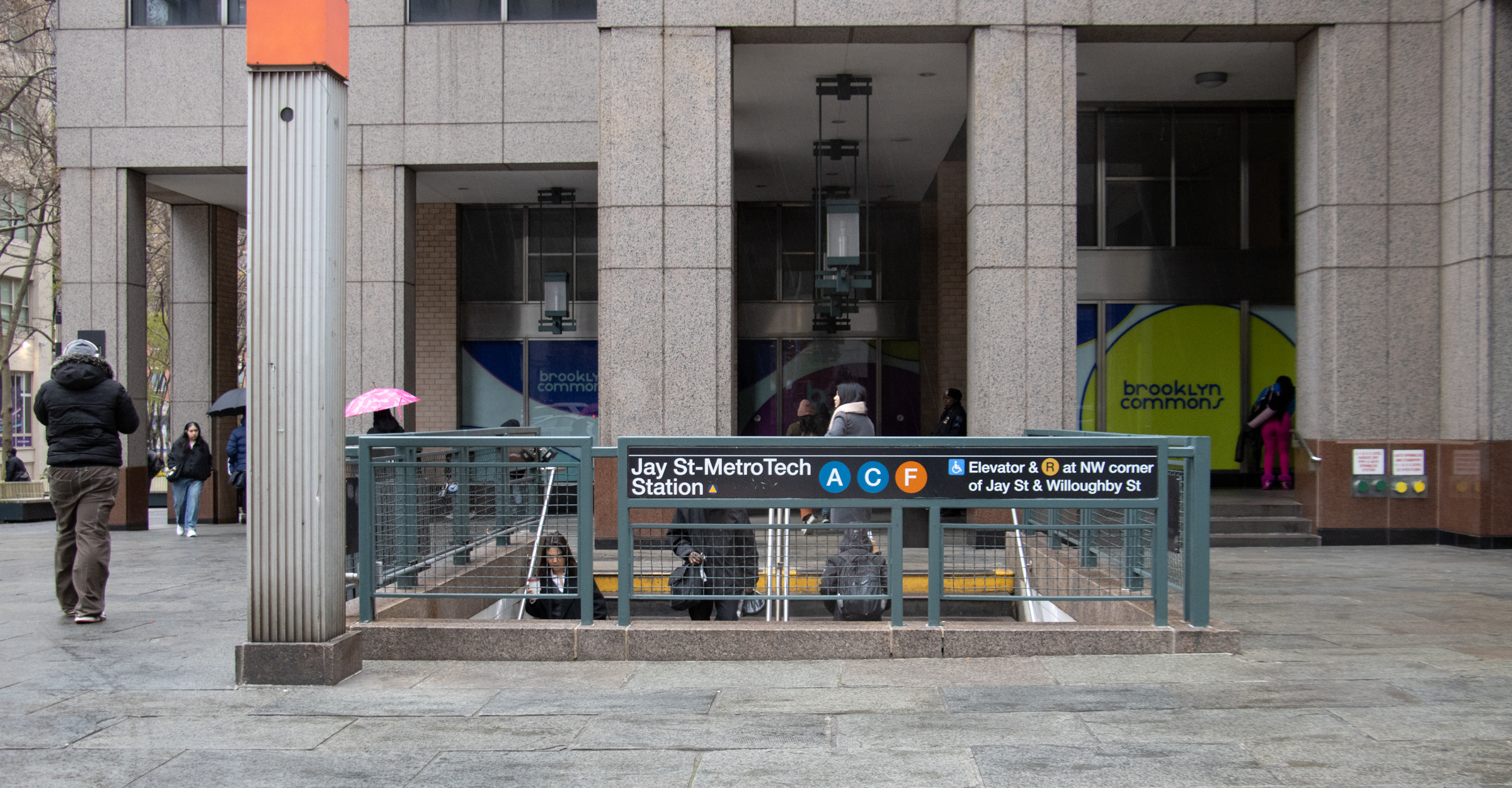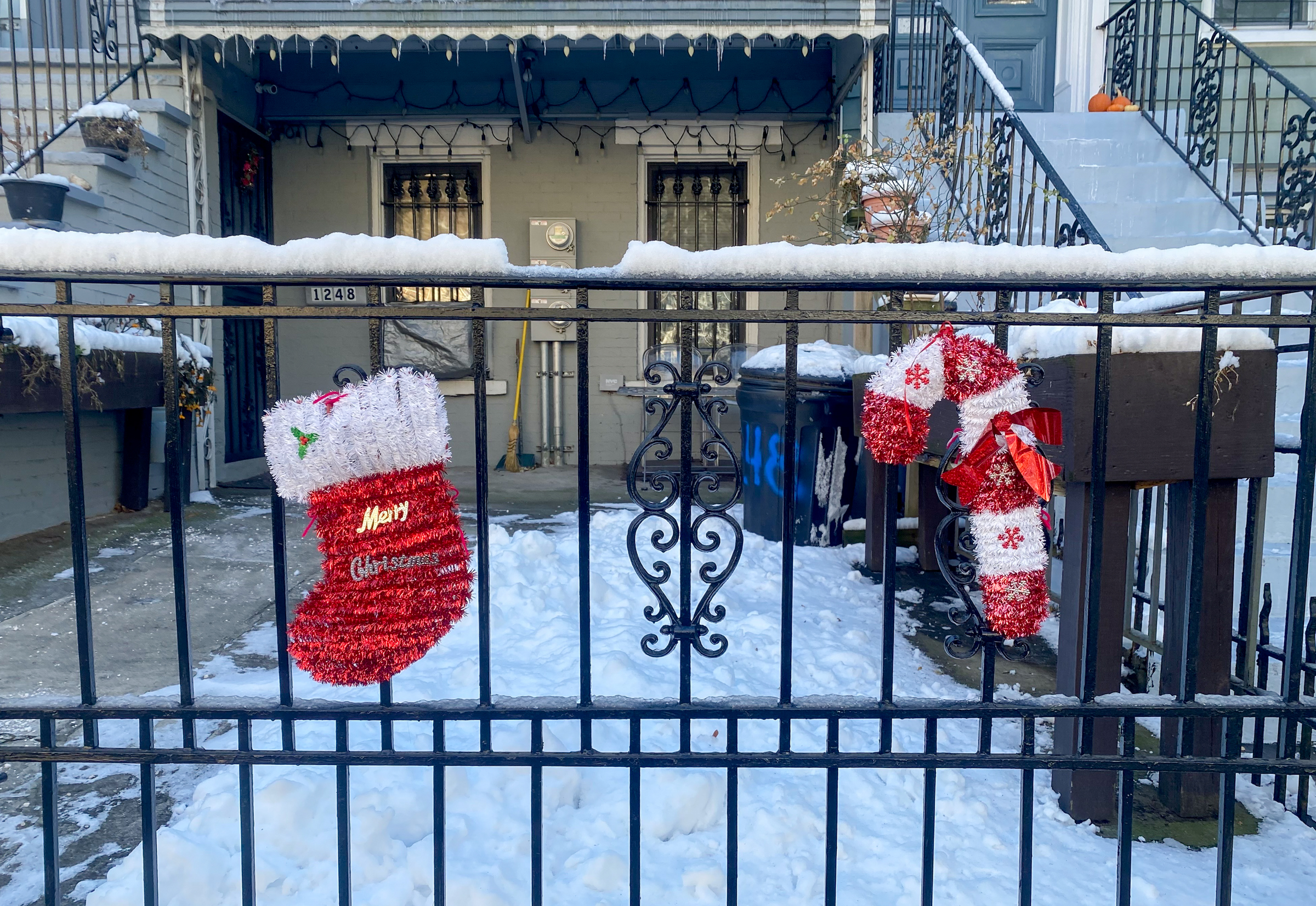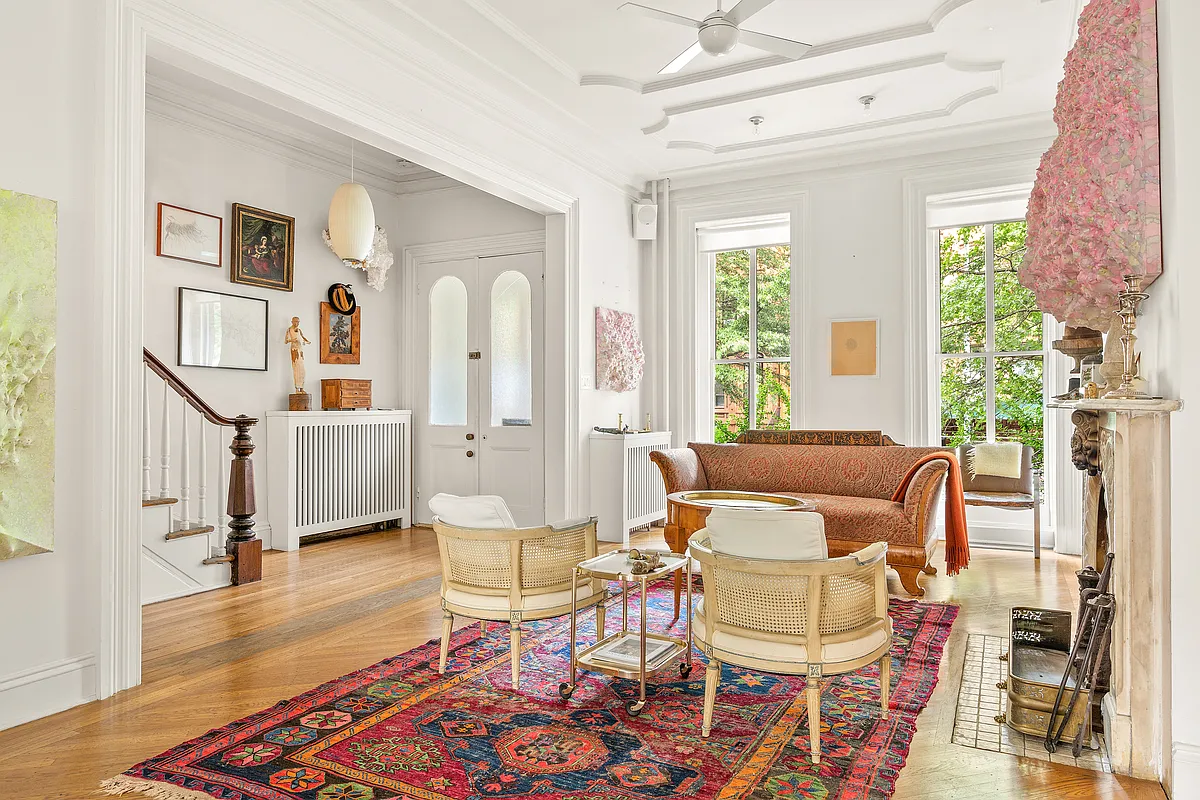Widget Underprices for Third Straight Time
On the heels of yesterday’s discussion about the price widget prediction falling short for the second time, a reader sent us a third data point. Once again, the average appraisal fell far short of the selling price. After being listed for $899,000, 29 Maple Street received an average prediction of $727,425 from readers; the house…


 On the heels of yesterday’s discussion about the price widget prediction falling short for the second time, a reader sent us a third data point. Once again, the average appraisal fell far short of the selling price. After being listed for $899,000, 29 Maple Street received an average prediction of $727,425 from readers; the house closed for $830,00 on July 6, 2009. Maybe the fact that the average prediction is, thus far, falling so far of the sales price makes perfect sense. After all, the seller only needs one good buyer, and anyone putting in a bid is probably going to like the house more than the average reader. In this case, it looks like somewhere around 20 to 25 percent of the votes cast were at or above the actual sales price. Maybe we should switch to using the median and noting the three quartile break-points. Could it be that the top quartile is really the predictive number? We’ll wait for a few more data points before overhauling but it’s certainly feeling like that may be the more useful way to parse the data.
On the heels of yesterday’s discussion about the price widget prediction falling short for the second time, a reader sent us a third data point. Once again, the average appraisal fell far short of the selling price. After being listed for $899,000, 29 Maple Street received an average prediction of $727,425 from readers; the house closed for $830,00 on July 6, 2009. Maybe the fact that the average prediction is, thus far, falling so far of the sales price makes perfect sense. After all, the seller only needs one good buyer, and anyone putting in a bid is probably going to like the house more than the average reader. In this case, it looks like somewhere around 20 to 25 percent of the votes cast were at or above the actual sales price. Maybe we should switch to using the median and noting the three quartile break-points. Could it be that the top quartile is really the predictive number? We’ll wait for a few more data points before overhauling but it’s certainly feeling like that may be the more useful way to parse the data.
House of the Day: 29 Maple Street [Brownstoner]
29 Maple Street [Brown Harris Stevens] GMAP P*Shark
Bearish Brownstoners Miss Mark on 2nd Street Sale [Brownstoner]





The widget strikes me as more of a game than as data worth parsing.
Agree Six Years,but it is obvious that the outliers on the high side are far fewer in number than those on the low side.
I bid according to what I think it’s worth… but usually (though not always) the widget doesn’t let me go low enough.
I like the fact that the widget is guessing low. That suggests that perhaps folks are resetting their thinking a bit about the absurdity that is Brooklyn real estate. Honestly, the market is still wildly overinflated (and probably simply because of the lack of supply right now) and clearly unsustainable.
The widget reads $727k and the property sold for $830k… I truly believe this is just a stupid buyer that is still out of touch with reality. $727,000 or probably far lower is much more appropriate.
Newsouthsloper, those bids in the $1M range are probably also cases of people bidding on what they hope it is worth, i.e. brokers and neighbors.
Problem is actually some people are bidding on what they hope it is worth, not what they think it is actually worth.
Case in point – Someone Bid $561K, while many bids appear to be at or around $600K. This does not speak to realistic valuation, merely fantasy. To be fair there are a few bids in the 1Mil range, but far more are concentrated in the unrealistically low territory.
Kensingtonian, when people say 30 data points gives you a normal distribution, is that simply convention/convenience, or is there some mathematical reason behind it?
Of course if we’re looking at longer-term trends (rather than just a correlation of widget v. price), we would need a much larger sample size.
I still think this pattern is to be expected. We are likely to see the biggest discrepancies between widget estimate and actual sales price in the first few properties. Those properties that sit on the market for longer will be more likely to see asking price cuts and come closer to the widget price.
Also, using the median would be more correct but I don’t think it would give a substantially different estimate – probably slightly lower in most cases.
If I’m not mistaken, thirty data points are needed before you can make a case for any statistical significance in a study like widget vs. closing price. For all we know so far, these three cases might be complete outliers.
I would say 180 sample size is a pretty good one for this widget.